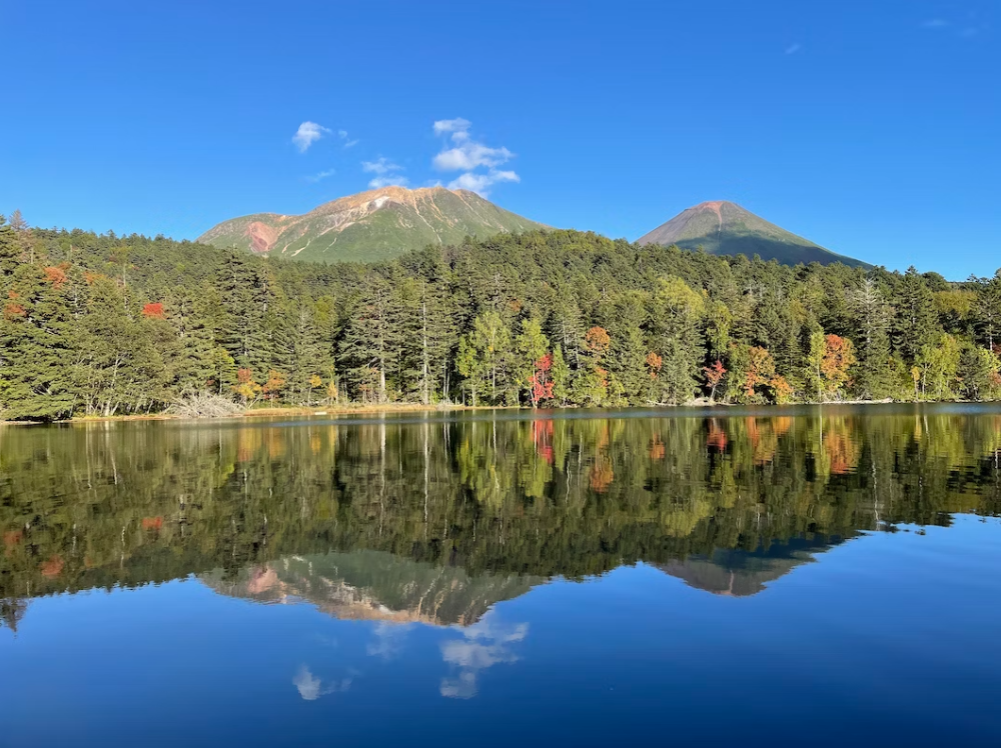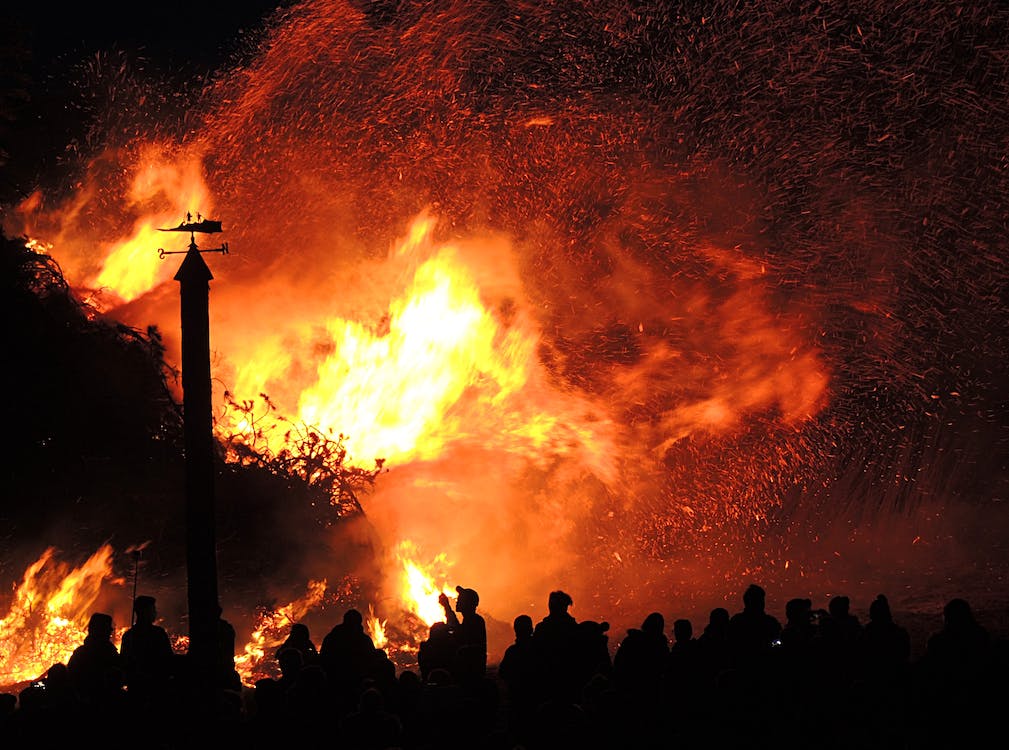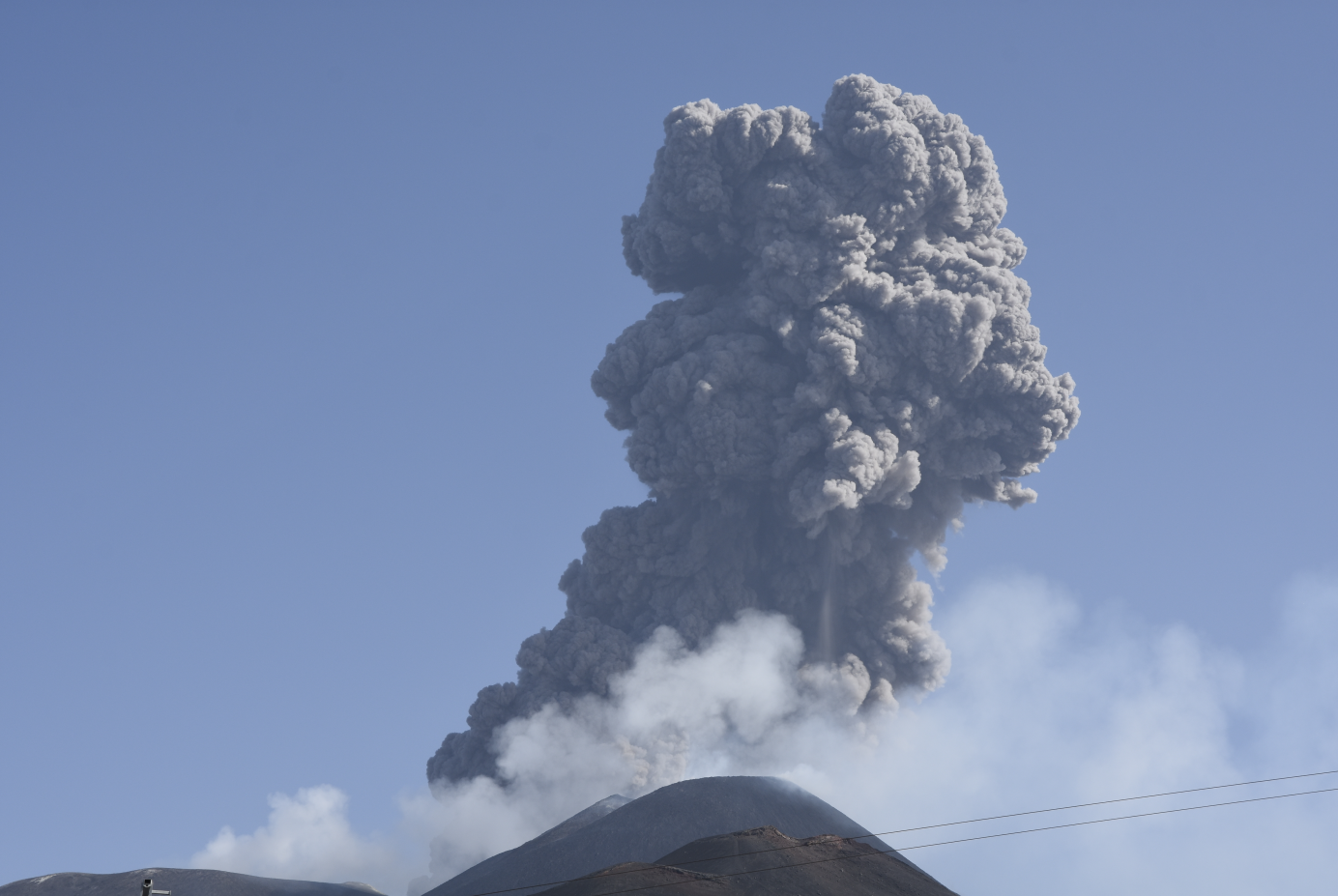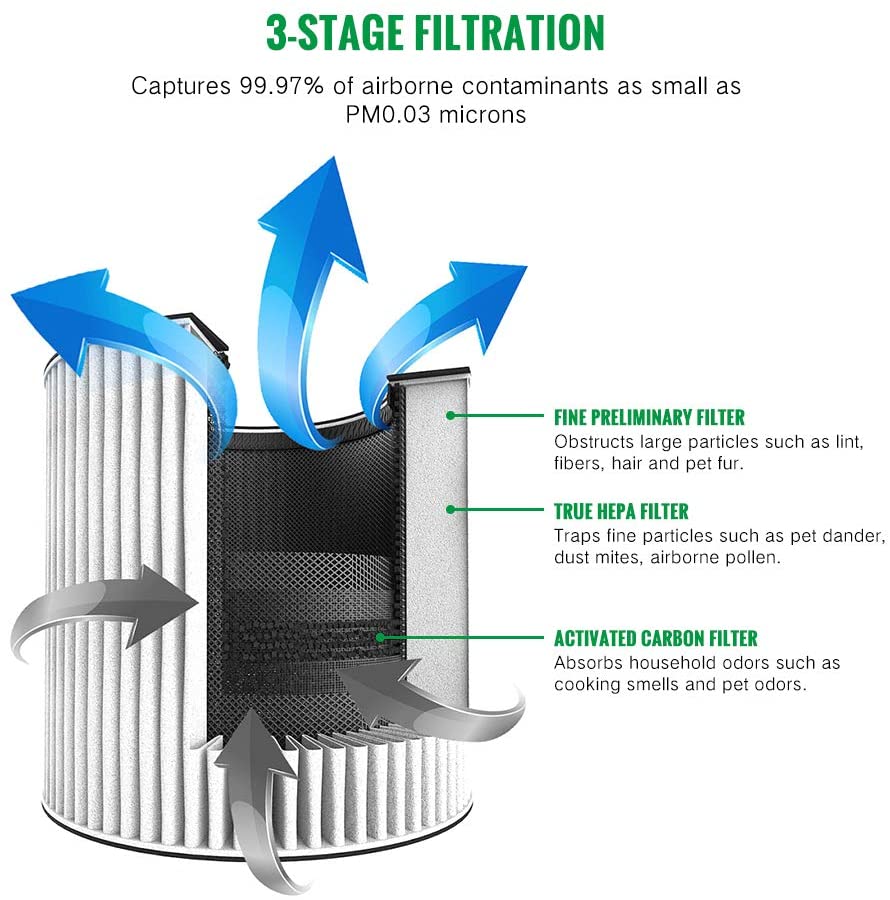Wildfires, which occur naturally in forests and grasslands, are an important part of the global carbon cycle, emitting about 2GtC (2 billion metric tons /2 trillion kg of carbon) into the atmosphere each year. After a wildfire, vegetation regrows and can fully or partially absorb the carbon released during its burning, creating a cycle.
“Wildfire carbon emissions are an important part of the global carbon cycle, with annual global wildfire carbon emissions equivalent to about 20% of anthropogenic carbon emissions. Forest fires are particularly important.” Academician He Kebin, dean of the Institute of Carbon Neutrality, Tsinghua University, and dean of the Institute of Environment and Ecology, Shenzhen International Graduate School.
If the wildfire intrudes into the ecosystems rich in carbon and with strong carbon sink function such as peatland and forest, it not only directly produces a large amount of carbon emissions, but also leads to serious natural disasters such as peatland fire, deforestation and forest degradation, making it difficult to fully absorb the carbon released by the wildfire burning process, and even hindering the rapid recovery and reconstruction of the ecosystem and weakening the carbon sink capacity of the terrestrial ecosystem. Extreme wildfires not only destroy ecosystems and biodiversity, but also release large amounts of harmful pollutants and greenhouse gases into the atmosphere, which will adversely affect the global climate and human health.
During events such as wildfires, volcanic eruptions and dust storms, smoke and/or other particulate pollution generated outdoors can seep into the indoor environment and increase indoor particulate matter levels. The size and frequency of wildfires have increased in recent years, exposing many residents to smoke and ash and other byproducts of combustion. In addition, when a wildfire burns through a community, chemicals from burning buildings, furniture, and any other materials along the way are released into the air.
Volcanoes erupt without warning, releasing ash and other harmful gases that make it difficult to breathe. Strong surface winds and thunderstorm cells can cause dust storms, which can occur throughout the United States but are most common in the southwestern United States.
What can be done?
- Keep doors and Windows closed during such heavy outdoor pollution events. If you become agitated at home, seek shelter elsewhere.
- In the room where you spend most of your time, consider using an air purifier.
- Consider high efficiency filters for heating, ventilation and HVAC systems. For example, filters that reach HEPA 13 or higher.
- During these pollution events, tune your HVAC system or air conditioner to change the setting to air recirculation to keep out soot and other particles.
- Also, consider buying an N95 mask to protect your lungs from smoke and other fine particles.
- When outdoor air quality improves, open a window or fresh air intake in an HVAC system to ventilate the room, even briefly.
For decades, California has been plagued by frequent wildfires in the summer, dominated by wildfires that continue to spread. But wildfires have become more destructive in recent years. According to the California Department of Forestry and Fire Protection, 12 of the 20 largest wildfires in the state’s history have occurred in the past five years, burning a combined 4% of California’s total area, equivalent to the entire state of Connecticut.
In 2021, California wildfires released 161 million tons of carbon dioxide, equivalent to about 40 percent of the state’s 2020 emissions inventory. As one of the states hardest hit by wildfires, California tops the list for air pollution. According to the data, the five U.S. cities with the most particulate matter pollution in 2021 are all in California.
Whether for their own sake, or for the health of the next generation of children, the problem of pollution caused by extreme weather is urgent.

The Breathe Life campaign, launched by WHO, UN Environment and the Climate and Clean Air Coalition to Reduce Short-lived Climate Pollutants, is a global movement to better understand the impact of air pollution on our health and our planet, and to build a network of citizens, city and national leaders and health professionals to drive change in communities. To improve the air we breathe.
Air pollution is closely related to climate change. The main driver of climate change is the burning of fossil fuels, which is also a major cause of air pollution. The United Nations Conference on Climate Change has warned that coal-fired electricity must end by 2050 if we are to limit global warming to 1.5oC. Otherwise, we could face a serious climate crisis in just 20 years.
Meeting the goals of the Paris Agreement means that by 2050, around one million lives could be saved globally each year by reducing air pollution alone. The health benefits of tackling air pollution are significant: in the 15 countries that emit the most greenhouse gases, the health impact of air pollution is estimated to be more than 4% of their gross domestic product.
Post time: Jul-19-2023




